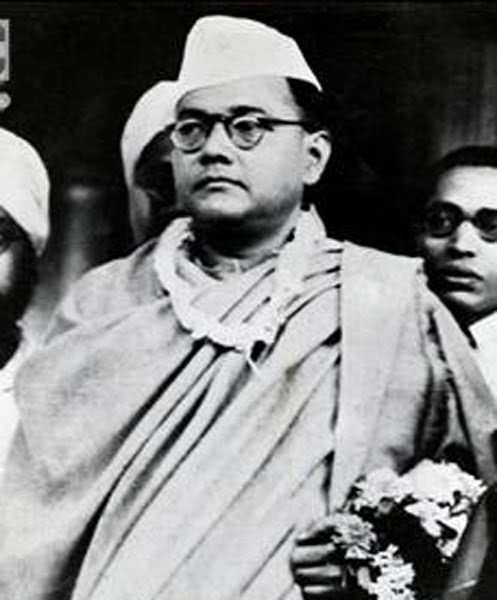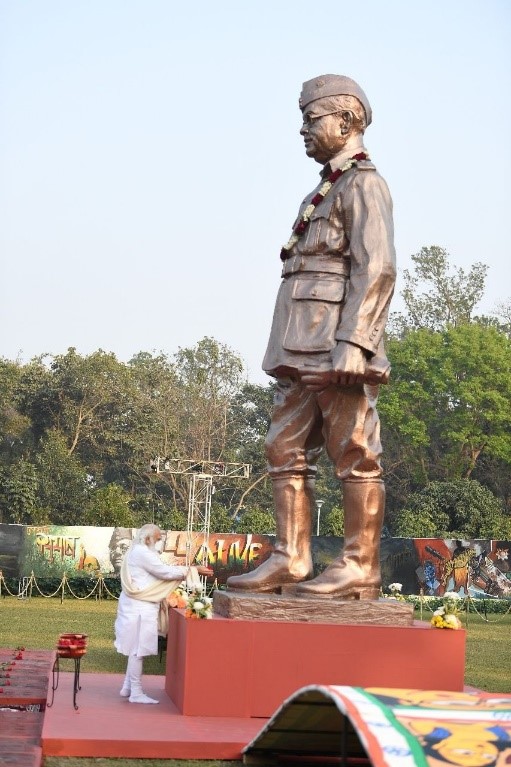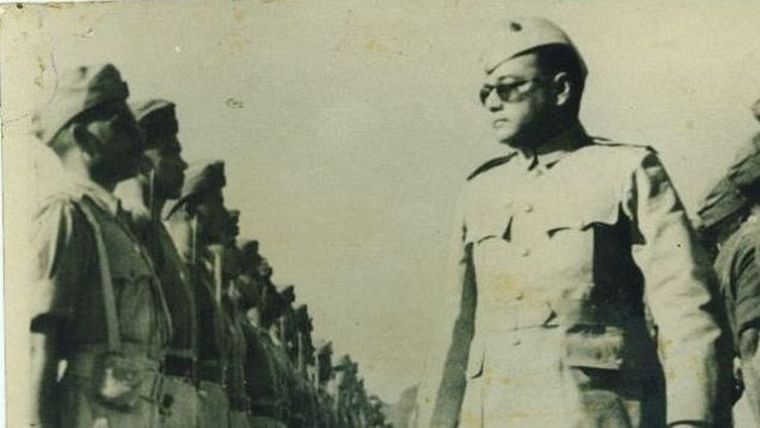Netaji Subhash Chandra Bose: An Icon of Unmatched Patriotism and Bravery

Netaji’s remarkable contribution to the Indian freedom struggle is exceptional that made him one of the greatest leaders ever born. He reestablished the first Indian National Army (INA), Azad Hind Fauj in 1943 which was initially formed in 1942 by Rash Behari Bose. He inspired many Indian youths to participate in the struggle for independence.
Early Life
Netaji Subhash Chandra Bose was born in Cuttack, Odisha on January 23, 1897. His father Janaki Nath Bose was a successful lawyer in Cuttack and was given the title of ‘Rai Bahadur’. His mother’s name was Prabhavati Devi. Netaji was a brilliant student since the beginning, he studied at Presidency College Calcutta. One incident brought significant change in his outlook when a British professor made a racist remark against Indians. It is said Subhash could not control himself and thrashed the professor. Due to this incident, he was expelled from the university. He was a man of strong values and patriotic sentiments.

Political Activities
He was sent to the University of Cambridge to prepare for the Indian Civil Service (ICS) exam. In 1920 he passed the exam but on hearing the sad massacre at Jallianwala Bagh, he quit the job and returned to India to join the struggle for freedom. In India, he came under the influence of Mahatma Gandhi and joined Non-Cooperation Movement. On some issues, Netaji’s and Gandhi’s views were different as Netaji’s policy of broad industrialization clashed with Gandhi’s small-scale cottage industries. There was also a basic difference of policy between Netaji’s and Gandhi’s in the assessment of India’s preparedness for the Civil Disobedience Movement. Despite all these differences, Netaji had profound respect for Gandhi. He actively supported his Quit India Movement.
Formation of Azad Hind Fauj
It was first formed by Rash Behari Bose, an Indian revolutionary, who escaped from India to Japan and set up the India independence league with the support of Indians living in the countries of south-east Asia. In 1943, when Subhash visited Japan, he rebuilt the Azad Hind Fauj (INA) comprising 45,000 soldiers. In December, the Army freed Andaman Nicobar Islands from British. With a war-cry ‘Dilli Chalo’, soldiers made their way to liberate the country but the attempt failed.

His death
There are controversies around his death. It is said that he died in a plane crash but his body was never recovered. Indian government put several committees to investigate the case where few committees found the reason for his death was plane crash but the reports of Justice Mukherjee Commission in 2006 stated that Bose did not die in a plane crash.
Prime minister Narendra Modi paid tribute to Netaji on 23rd January on his 125th birth anniversary and greeted people on ‘Parakram Diwas’ to commemorate his birthday. A grand statue of Netaji, made of granite was unveiled by the Prime minister at India Gate. Subhas Chandra Bose is a role model for the young men and women of India. He still lives within our hearts and minds and works as a leading light and source of inspiration.